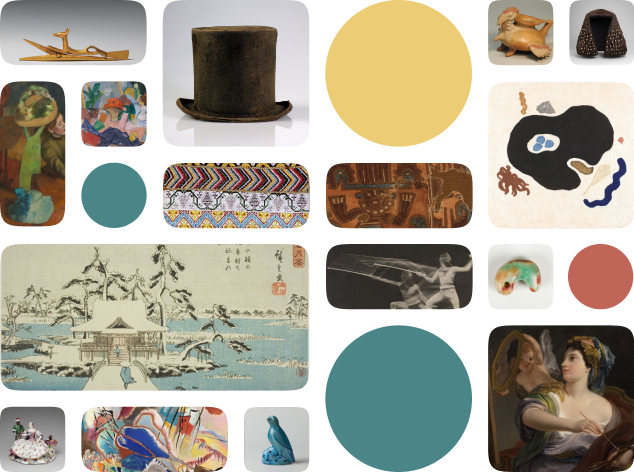De dissectione partium corporis humani libri tres
Creator Name
Cultural Context
Date
Source
About the work
French anatomist Charles Estienne was a contemporary of Andreas Vesalius, though Vesalius is considered by some scholars to be more influential due to his criticism of Galenic tradition. Estienne, however, contributed to the discovery of the spinal cavity and the anatomy of the sternum.
Not much is known about the illustrations in this book, as only eleven of the sixty-two woodcut plates bear markings.
Not much is known about the illustrations in this book, as only eleven of the sixty-two woodcut plates bear markings.
Metropolitan Museum of Art Object Description
Book
Work details
"--" = no data available
Title
Creator
Worktype
Cultural Context
Material
Dimensions
Technique
--
Language
Date
Provenance
Style Period
--
Rights
Inscription
--
Location
Source
Subjects
Topic
--
Curationist Metadata Contributors
All Works in Curationist’s archives can be reproduced and used freely. How to attribute this Work:
Charles Estienne, De dissectione partium corporis humani libri tres, 1545. Metropolitan Museum of Art. Although these early medical books refer to pagan antiquity, they stand firmly within a monotheist Christian tradition - the composition of Charles Estienne's illustration demonstrating the nervous system refers to creationism. Public Domain.
Help us improve this content!
Let our archivists know if you have something to add.
Save this work.
Start an account to add this work to your personal curated collection.
